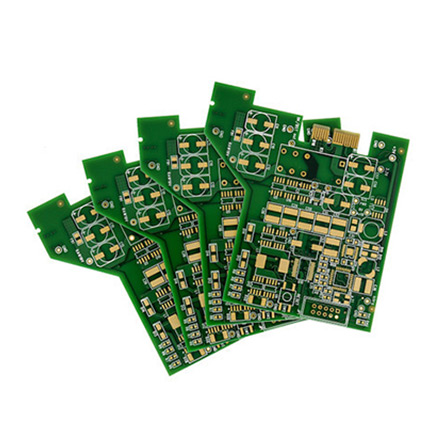

Reflections on a Piece of Mirror Glass
A piece of mirror glass is not merely a flat, reflective surface; it is a window into the complexities of human experience and a beacon for introspection. It captures our images, refracting not only our physical appearance but also the emotions and thoughts that lie beneath the surface. This simple object invites us to explore the nature of self-perception, reality, and the passage of time.
The first encounter with a piece of mirror glass often sparks an almost innate sense of curiosity. We approach it to confirm our identity, to check our hair, or perhaps to admire a new outfit. However, as we gaze into its reflective sheen, we find more than just our exterior. The mirror captures fleeting emotions a smile of happiness, a frown of contemplation, or even the exhilaration of achievement. These reflections remind us that our faces are canvases painted by our emotions, constantly evolving with each life experience.
Beyond its physicality, a piece of mirror glass symbolizes the notion of self-examination. Just as it reflects our images, it urges us to reflect on our inner selves. The act of looking into a mirror often prompts deep introspection. Who are we, really? What narratives are we living, and how do they shape our identity? In moments of solitude, the mirror transforms into a confidant, allowing us to confront our fears, desires, and insecurities, urging personal growth and transformation.

Moreover, mirrors have played a significant role in various cultures and traditions, often imbued with symbolism. In some cultures, breaking a mirror is thought to bring bad luck, while in others, mirrors are believed to possess the ability to capture souls. This mystical aspect of mirrors highlights the human fascination with reflection and reality. They serve as metaphors for our internal struggles, capturing the duality of our existence—the façade we present to the world versus our true selves.
The relationship we have with a piece of mirror glass evolves over time. As we age and accumulate experiences, our reflections change. The youthful visage we once admired gives way to the lines and wrinkles that tell stories of laughter, tears, and resilience. This evolution can be jarring; it challenges the societal standards of beauty and prompts us to redefine self-worth beyond surface appearance. In this way, mirrors become a measure of our journey through life, urging us to embrace the entirety of our experience—the good, the bad, the beautiful, and the flawed.
In contemporary society, where social media often skews perceptions of reality, the piece of mirror glass takes on new significance. The filters we apply to our images can distort reality, creating versions of ourselves that may not reflect who we truly are. This dissonance between the idealized self and the authentic self can lead to a crisis of self-esteem and identity. The mirror thus serves as a reminder of the importance of authenticity—encouraging us to appreciate our uniqueness and to embrace the beauty of imperfection.
In conclusion, a piece of mirror glass is more than just a tool for reflection; it is a profound companion in our journey of self-discovery. It invites us to look deeper, to explore our identities, and to confront the complexities of our emotions. As we engage with our reflections, we are reminded that our true essence is not solely defined by our appearance but by the richness of our experiences, the depth of our emotions, and the authenticity of our being. Ultimately, the mirror challenges us to embrace our multifaceted selves and to navigate life with courage and grace.